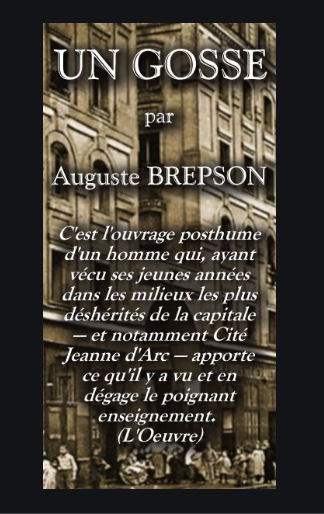THE BUTTE-AUX-CAILLES ("QUAIL HILLTOP"), SITE OF THE REPRESSION'S WORST FIGHTING
Elsewhere Versaillais officers spared unreliable troops, but they could not leave so strategic a height to the Communards. Though government forces were six times more numerous, it took them four attempts to seize the hill. -- Lissagary
The Observatory Seen from the Butte aux Cailles by Jean Millet, toward 1710 / zoom
"A perspective to delight
the most blasé traveller [...]
The Panthéon's magnificent cupula, the drab and melancholy dome of the Val de Grâce, proudly dominate an entire town [...] from there, the proportions of the the two monuments appear gigantic [...] to the left, the Observatory seems a dark and gaunt spectre [...] then, from afar, the Invalides's elegant lantern flames between the Luxembourg's blue masses and the gray towers of Saint-Sulpice [...]"
-- The Woman of Thirty by Balzac, 1842
First they avoided the barricade that guarded the entry* to the 13th, by advancing under fire along the islands of the Bièvre:
*Les Gobelins, the famous site of tapestry production since the 17th century and still where the district begins.
 |
| Zoom (please scroll down) |
Then their climb gently began...
 |
| Parc René Le Gall |
The park is built on enlarged islands.
Across what was then a track...
Now boulevard Auguste Blanqui
To head up the hill under heavy fire, which they took at last toward 4 p.m.
Engraving of the time, gone from the web
The thousand surviving Communards retired to the right bank in good order, where they dispersed to defend their neighborhoods.
# # #
heard the screams and gun shots.
Then the soldiers were upon them.





































